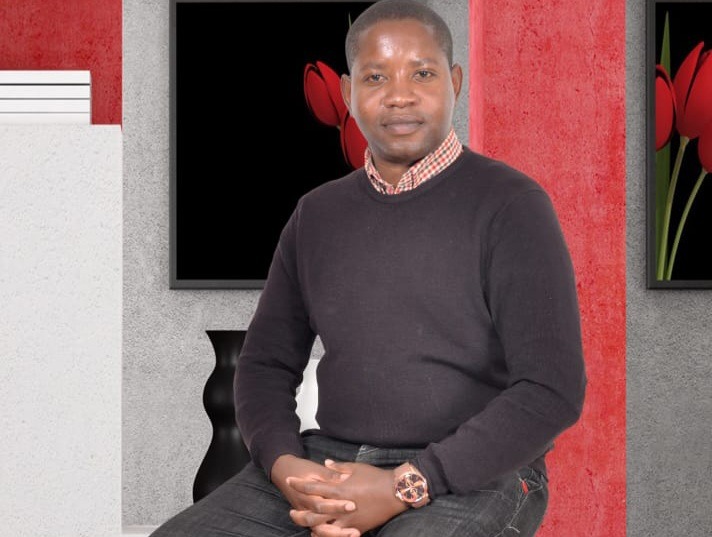By Albert Migowa
The night the floods came, Joseph was already asleep. He woke up to frantic knocks on the door and the sound of water rushing past his compound. Within minutes, his neighbors were shouting, carrying children on their backs, clutching bags, and scrambling for safety.
Joseph, a secondary school teacher in Kisumu, grabbed his phone and a small bag with documents. Everything else was left behind. By morning, his house was submerged.
In the days that followed, his phone became more than just a gadget. It was how he found out where to collect relief food, how he reassured his mother in Siaya that he was alive, and how he shared updates with his displaced students. “Without my phone, I don’t know how I would have coped,” he admits.
But that same phone also became a source of pain. Every few minutes, another video would arrive on WhatsApp: children stranded on rooftops, bodies being pulled from the water, endless streams of disaster coverage. “I couldn’t stop watching,” Joseph says quietly. “And yet, the more I watched, the more I felt my chest tighten. I couldn’t sleep.”
The Digital Dilemma of Disasters
Joseph’s story reflects a growing reality: in moments of crisis, our digital devices are both saviors and stressors. Studies after the 2011 earthquake and tsunami in Japan found that constant exposure to distressing images online heightened psychological distress among survivors (Shigemura et al., 2012).
The World Health Organization (2020) also noted during COVID-19 that while phones and online platforms kept people informed and connected, they also magnified stress when used without limits.
In short, technology connects us to lifesaving information but it can also connect us to trauma on repeat.
Learning to Breathe Again
Joseph realized this after nearly collapsing from exhaustion during a food distribution. His friend advised him to mute some WhatsApp groups and only follow updates from official sources like the Kenya Red Cross. “At first, it felt like I was ignoring people,” he admits. “But slowly, I noticed I was sleeping better, and I could think more clearly.”
By setting small boundaries like checking news only three times a day, and silencing distressing forwards Joseph reclaimed some peace of mind. “I still needed my phone, but I needed to use it on my terms,” he says.
A Bigger Lesson on Digital Wellness
What Joseph discovered for himself is what experts call digital wellness the ability to use technology in ways that support, rather than harm, our well-being (Przybylski & Weinstein, 2017).
In disasters, this balance is harder to maintain. The instinct to stay glued to our screens feels natural after all, it might be where help arrives. But without mindfulness, the same screen can deepen fear, anxiety, and helplessness.
Moving Forward
For Joseph, the lesson is clear: connection should not come at the cost of sanity. He now shares this with his students, teaching them to value both information and rest.
Disasters may keep coming, whether floods, pandemics, or earthquakes. But how we use our devices in those moments can either crush us under the weight of constant exposure — or help us remain resilient in the face of chaos.
As Joseph says with a soft laugh, “I still sleep with my phone by my side. But now, sometimes, I choose to put it face down.”
Albert Migowa is an internationally certified digital wellness coach.















